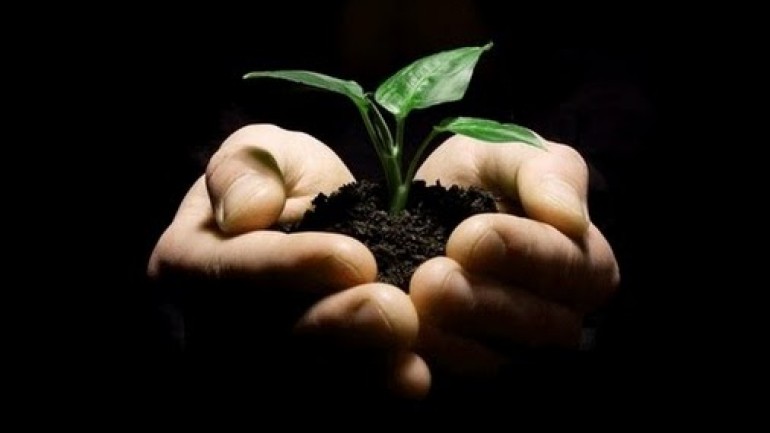This program integrates hard-core science with a light-hearted look at how plants behave, revealing a world where plants are as busy, responsive and complex as we are. From the stunning heights of the Great Basin Desert to the lush coastal rainforests of west coast Canada, scientist J.C. Cahill takes us on a journey into the “secret world of plants“, revealing an astonishing landscape where plants eavesdrop on each other, talk to their allies, call in insect mercenaries and nurture their young. It is a world of pulsing activity, where plants communicate, co-operate and sometimes, wage all-out war.
Scientists Confirm that Plants Talk and Listen To Each Other, Communication Crucial for Survival:
http://www.medicaldaily.com/articles/10247/20120611/plants-communication-survival.htm#qVVPCmxkAtOvkCGm.99
However, new research, published in the journal Trends in Plant Science, has revealed that plants not only respond to sound, but they also communicate to each other by making “clicking” sounds.
Using powerful loudspeakers, researchers at The University of Western Australia were able to hear clicking sounds coming from the roots of corn saplings.
Researchers at Bristol University also found that when they suspended the young roots in water and played a continuous noise at 220Hz, a similar frequency to the plant clicks, they found that the plants grew towards the source of the sound.
“Everyone knows that plants react to light, and scientists also know that plants use volatile chemicals to communicate with each other, for instance, when danger – such as a herbivore – approaches,” Dr. Gagliano said in a university news release.
“I was working one day in my herb garden and started to wonder if maybe plants were also sensitive to sounds – why not? – so I decided as a scientist to find out.”
While it has been long known that plants grow towards light, previous research from Exeter University found cabbage plants emitted methyl jasmonate gas when their surfaces are cut or pierced to warn its neighbors of danger such as caterpillars or garden shears.
Researchers from the earlier study also found that the when the volatile gas was emitted, the nearly cabbage plants appeared to receive the urgent message that and protected themselves by producing toxic chemicals on their leaves to fend off predators like caterpillars.
However, new research, published in the journal Trends in Plant Science, has revealed that plants not only respond to sound, but they also communicate to each other by making “clicking” sounds.
Scientists suspect that sound and vibration may play an essential role in the survival of plants by giving them information about the environment around them.
Researchers said sounds waves are easily transmissible through soil, and could be used to pick up threats like drought from their neighbors further away.
Gagliano said that the latest findings shows that the role of sound in plants has yet to be fully explored, “leaving serious gaps our current understanding of the sensory and communicatory complexity of these organisms”.
In addition to other forms of sensory response, “it is very likely that some form of sensitivity to sound and vibrations also plays an important role in the life of plants,” she added




0 Comments / User Reviews